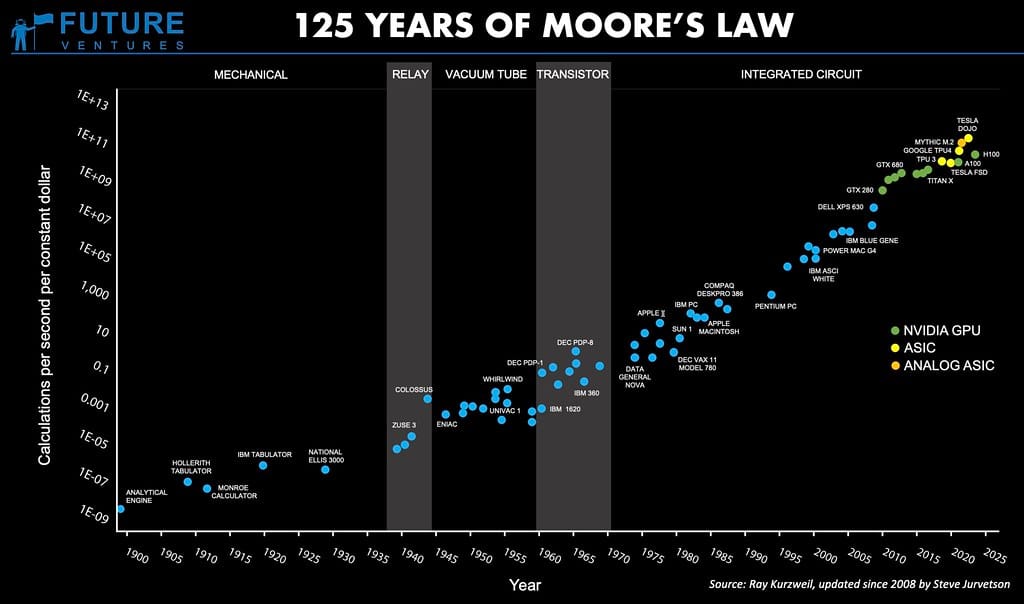Publishers Face "Existential Crisis" as AI Threatens Traditional Content Business Model
The publishing industry is staring down what could be its most significant disruption since the internet revolution, according to Cloudflare CEO Matthew Prince, who warns that artificial intelligence poses an "existential threat" to how publishers create, distribute, and monetize content.
Speaking at a recent industry conference, Prince painted a stark picture of an industry grappling with AI systems that can generate human-quality content at unprecedented speed and scale, potentially undermining the fundamental value proposition that has sustained publishers for decades.
The AI Content Revolution
The rise of sophisticated AI language models like GPT-4, Claude, and others has fundamentally altered the content landscape. These systems can now produce articles, reports, and analysis that are increasingly difficult to distinguish from human-written work. For publishers who have built their business models on the scarcity and expertise of skilled writers, this technological leap represents a seismic shift.
"We're seeing AI systems that can write a news article in seconds, generate comprehensive reports on complex topics, and even adapt their writing style to match specific publications," Prince noted. "This isn't just about efficiency—it's about questioning whether traditional editorial processes and human expertise remain economically viable."
The numbers are telling. According to recent industry data, AI-generated content has increased by over 400% in the past year alone, with some estimates suggesting that up to 30% of all online content could be AI-generated by 2025.
Economic Pressures Mount
Publishers are already operating in a challenging economic environment. Digital advertising revenues have been declining for traditional media outlets, while platforms like Google and Facebook capture the lion's share of digital ad spending. The COVID-19 pandemic accelerated the closure of local newspapers, with over 1,800 publications shutting down between 2020 and 2022.
Now, AI adds another layer of pressure. If content can be produced at near-zero marginal cost, the economic foundation of publishing—paying journalists, editors, and content creators—comes under severe strain. Some publishers are already experimenting with AI-generated content to reduce costs, but this approach raises questions about quality, accuracy, and editorial integrity.
Beyond Content Creation: Distribution Challenges
The threat extends beyond content generation to distribution and discovery. AI-powered chatbots and virtual assistants are increasingly becoming primary sources of information for consumers, potentially bypassing traditional publisher websites entirely. When users ask ChatGPT or Google's Bard for news updates or analysis, they may never visit the original publisher's site, eliminating crucial page views and advertising opportunities.
"Publishers aren't just competing with other publishers anymore," Prince explained. "They're competing with AI systems that can synthesize information from multiple sources and present it directly to users without driving traffic back to the original content creators."
The Quality and Trust Question
However, the AI revolution isn't without its limitations. Recent studies have highlighted significant issues with AI-generated content, including factual errors, hallucinations, and the inability to conduct original reporting or investigative journalism. The Associated Press, Reuters, and other major news organizations have found that while AI can assist with certain types of content, human oversight remains crucial for accuracy and ethical reporting.
Publishers who can leverage their expertise in verification, source development, and investigative reporting may find these skills more valuable than ever in an AI-saturated content environment.
Adaptation Strategies Emerge
Forward-thinking publishers are beginning to adapt rather than resist. Some are using AI as a tool to enhance productivity while maintaining human editorial control. Others are focusing on hyper-local content, investigative reporting, and specialized expertise that AI systems cannot easily replicate.
The New York Times, for example, has invested heavily in subscription-based models while using AI to improve personalization and content recommendations. Similarly, specialized trade publications are finding that their deep industry expertise and source relationships remain irreplaceable assets.
The Path Forward
The publishing industry's response to AI will likely determine which organizations survive and thrive in the coming decade. Those that can successfully integrate AI tools while maintaining editorial standards and reader trust may emerge stronger. However, publications that fail to adapt to this new technological reality risk obsolescence.
As Prince's warning suggests, the stakes couldn't be higher. The publishing industry must evolve quickly, finding ways to harness AI's capabilities while preserving the human elements that make journalism valuable: investigation, analysis, and the ability to hold power accountable. The future of informed public discourse may depend on how well publishers navigate this existential challenge.

